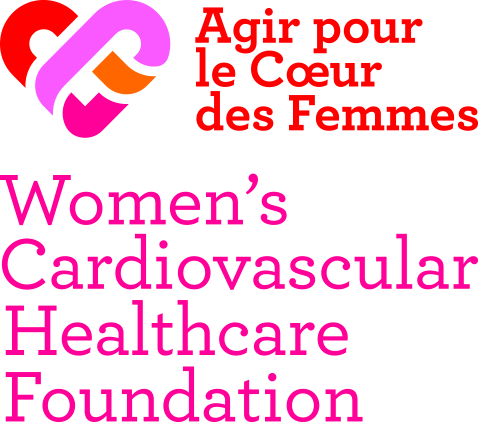
ANTICIPER
Cholesterol
Why Cholesterol is an Enemy You Should Take Seriously
Bad cholesterol turns into atheromatous plaque which gets deposited in the arteries and can clog them.

SEE ALSO
How Heart Transplants Support Birth and Rebirth
Gynecology
In the majority of cases, chronic heart failure is a contraindication to pregnancy because it could put the mother’s life in danger. During pregnancy and delivery, her heart has to work very hard. Certain medications prescribed for heart failure are known to cause birth defects (they’re considered [...]
How Sugary Beverages Hurt Your Heart
According to the study conducted with a cohort of teachers in California, drinking one or more sugary beverages each day is associated with a 20% higher risk of developing a cardiovascular disease when compared to those who never or rarely drink them. Even drinking fruit juices with added sugar every [...]
Aortic Dissection in Pregnancy: A Rare But Often Fatal Complication
Gynecology
Aortic dissection is an acute tearing of the aorta, the vessel that leaves the heart and carries blood to all the organs. This is a rare event (1 in 100,000 pregnancies) but it is very serious and requires urgent treatment. Pregnancy contributes to this condition due to hormone impregnation that [...]




